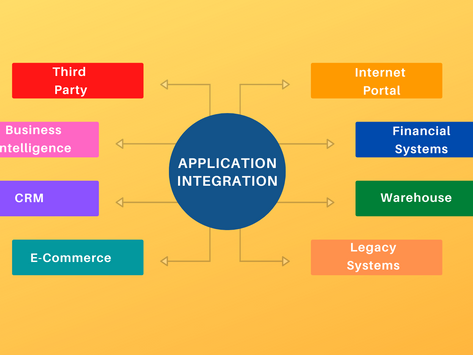The health care sector has continuously been one of the best proponents of innovative technology, and AI and Machine Learning are not any exceptions. even as AI and metric capacity units penetrate apace into the business and e-commerce sectors, they conjointly found varied use cases inside the health care trade.
In fact, Machine Learning (a subset of AI) has come back to play a crucial role within the realm of health care – from rising the delivery system of health care services, reducing prices, and handling patient information to the event of recent treatment procedures and medicines, remote watching and then way more. This would like for a ‘better’ health care service is progressively making the scope for AI (AI) and machine learning (ML) applications to enter the health care and pharmaceutical company world. With no dearth of knowledge within the health care sector, the time is ripe to harness the potential of this information with AI and metric capacity unit applications.
Today, AI, ML, and deep learning square measure poignant each possible domain, and health care, too, doesn't stay untouched. Also, the very fact that the health care sector’s information burden is increasing by the minute (owing to the ever-growing population and better incidence of diseases) is creating it all the additional essential to include Machine Learning into its canvas. With Machine Learning, there square measure endless potentialities. Through its latest applications, the metric capacity unit helps remodel the health care trade for the higher.
With the continual innovations in information science and metric capacity unit, the health care sector currently holds the potential to leverage revolutionary tools to produce higher care. So, why not use your skills to develop a powerful machine learning project-supported healthcare? To handle a project with Machine Learning algorithms for beginners is useful to create your career with an honest beginning.

he health care trade has monumental amounts of knowledge at its disposal. By harnessing this information, you'll create Diagnostic care systems that may mechanically scan pictures, X-rays, etc., and supply associate correct identification of doable diseases. Preventative care applications that may predict the chances of epidemics like grippe, malaria, etc., each at the national and community level. Chatbots for patience help and management. Chatbots are a tool used to communicate with patients via text message or voice. Many chatbots are powered by artificial intelligence. The paper specifically discusses chatbots that use natural language processing, an AI process that seeks to "understand" language used in conversations and draws threads and connections from them to provide meaningful and useful answers. Within healthcare, those messages, and people's reactions to them, carry tangible consequences. Since caregivers are often in communication with patients through electronic health records -- from access to test results to diagnoses and doctors' notes -- chatbots can either enhance the value of those communications or cause confusion or even harm.

Today, AI-powered chatbots work well beyond helping frightened patients assess their symptoms and determine the next steps: The technology can recommend treatments and schedule visits, among other things. And it can be an asset to busy organizations seeking to deploy staff elsewhere.
Chatbots provide instant conversational responses and make connecting simple for patients. And when implemented properly, they can help care providers to surpass patient expectations and improve patient outcomes.

However, AI solutions sometimes lack the most important quality to good care delivery: a human touch.
In this project, the following components of Microsoft Azure are used.
-
Search Service
-
Application Insights (Optional)
Using QnA Maker you can build, train and publish a sophisticated bot using FAQ pages, support websites, product manuals, SharePoint documents, or editorial content through an easy-to-use UI or via REST APIs.
To learn more about adding QnA Maker visit
Summary of new features introduced in QnA Maker:
-
Deep learnt ranker with enhanced relevance of results across all supported languages.
-
Precise phrase/short answer extraction from answer passages.
-
Simplified resource management by reducing the number of resources deployed.
-
E2E region support for Authoring + Prediction.
You can test the project by visiting
https://www.smartpanda.ai/medops360

Adding chit-chat to your bot makes it more conversational and engaging. The chit-chat feature in QnA maker allows you to easily add a pre-populated set of the top chit-chat, into your knowledge base (KB). This can be a starting point for your bot's personality, and it will save you the time and cost of writing them from scratch.
In this project developed for healthcare, I have added a "Caring Personality". To learn more about adding chit-chat visit






Don't forget to leave your comments. Thanks for spending some time on my blog. You can check my other blogs and projects at




















